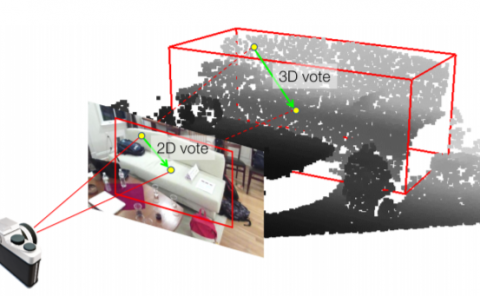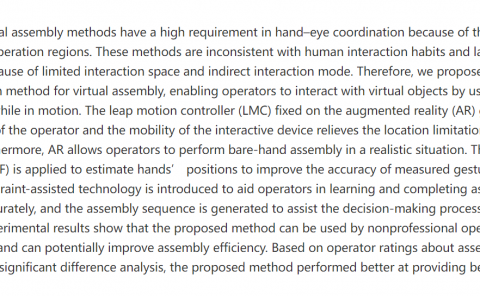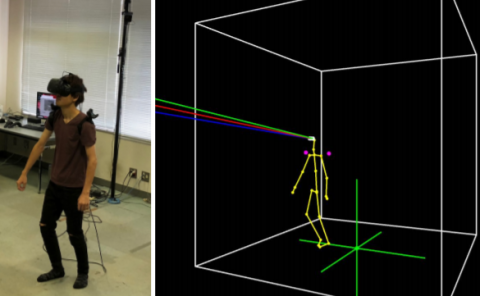Immersive media experience with MPEG OMAF multi-viewpoints and overlays
PubDate: May 2020
Teams: Nokia Technologie;
Writers: Kashyap Kammachi Sreedhar;Igor D. D. Curcio;Ari Hourunranta;Mikael Lepistö
PDF: Immersive media experience with MPEG OMAF multi-viewpoints and overlays

Abstract
The second edition of the Omnidirectional MediA Format (OMAF) standard developed by the Moving Picture Experts Group (MPEG) defines two major features: overlays and multi-viewpoints. Overlays help in enhancing the immersive experience by providing additional information about the omnidirectional background video content. The multi-viewpoint feature enables the content to be captured/experienced from multiple spatial locations. These two powerful features along with interactivity, dispense the content provider with new possibilities of storytelling (for example, non-linear) using immersive media.
In this demo, we show multi-viewpoints and overlays with an adaptive bit rate viewport-dependent streaming framework. The framework uses tiles for multi-viewpoints which, along with overlays, are encoded at multiple qualities using the HEVC Main 10 profile. The encoded tiles of multi-viewpoints and overlay videos are encapsulated in ISO Base Media File Format (ISOBMFF) and fragmented as Dynamic Adaptive Streaming over HTTP (MPEG-DASH) segments. The DASH segments are then fetched by the OMAF player based on the user’s viewing conditions and rendered on the user device. Additionally, the framework allows for user interaction, such as switching between viewpoints and enabling/disabling of the overlays.



